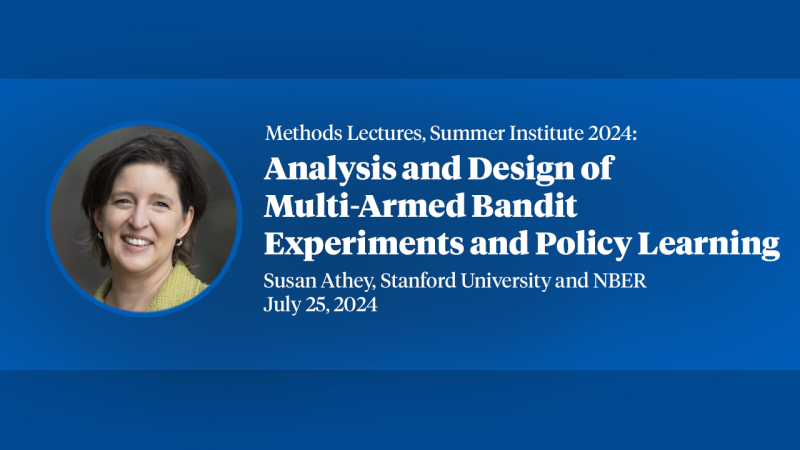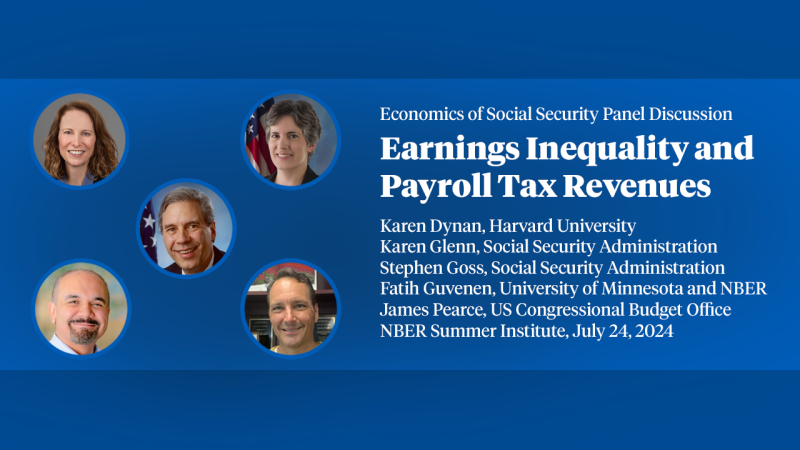Do Sticky Prices Increase Real Exchange Rate Volatility at the Sector Level?
We introduce the real exchange rate volatility curve as a useful device to understand the role of price stickiness in accounting for deviations from the Law of One Price at the sector level. In the presence of both nominal and real shocks, the theory predicts that the real exchange rate volatility curve is a U-shaped function of the degree of price stickiness. Using sector-level European real exchange rate data and frequency of price changes, we estimate the volatility curve. The results are consistent with the predominance of real effects over nominal effects. Nonparametric analysis suggests the curve is convex and negatively sloped over the majority of its range. Good-by-good variance decompositions show that the relative contribution of nominal shocks is smaller at the sector level than what previous studies have found at the aggregate level. We conjecture that this is due to significant averaging out of good-specific real microeconomic shocks in the process of aggregation.
Published Versions
Crucini, Mario J. & Shintani, Mototsugu & Tsuruga, Takayuki, 2013. "Do sticky prices increase real exchange rate volatility at the sector level?," European Economic Review, Elsevier, vol. 62(C), pages 58-72. citation courtesy of ![]()


